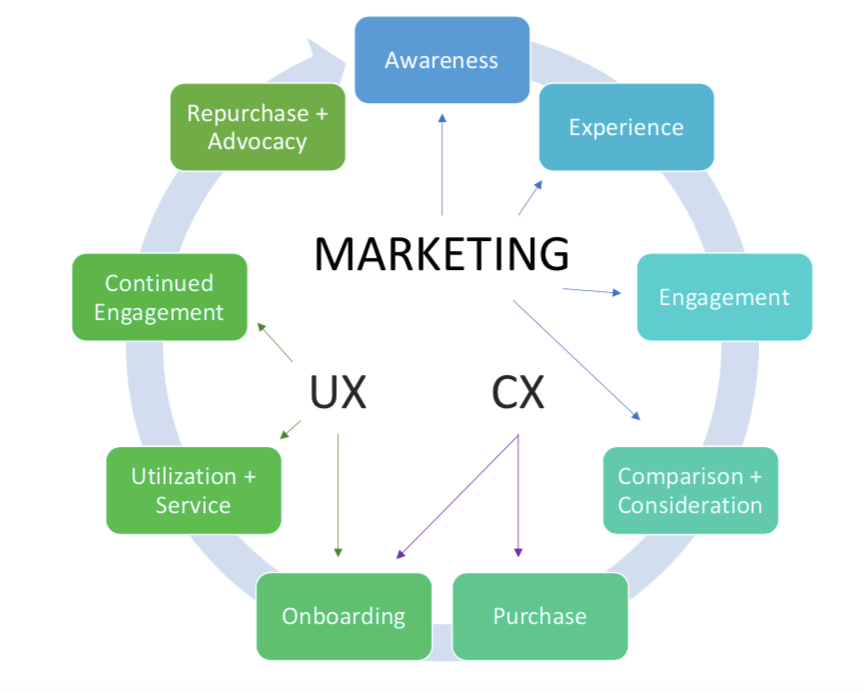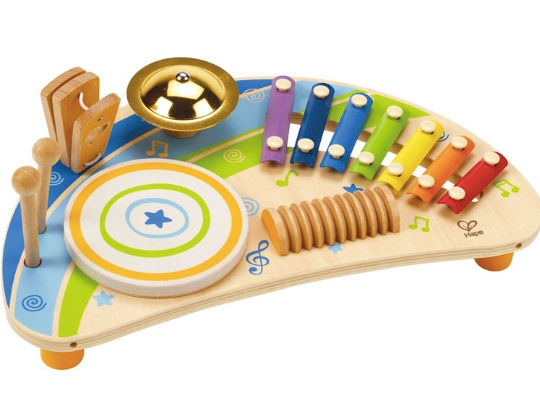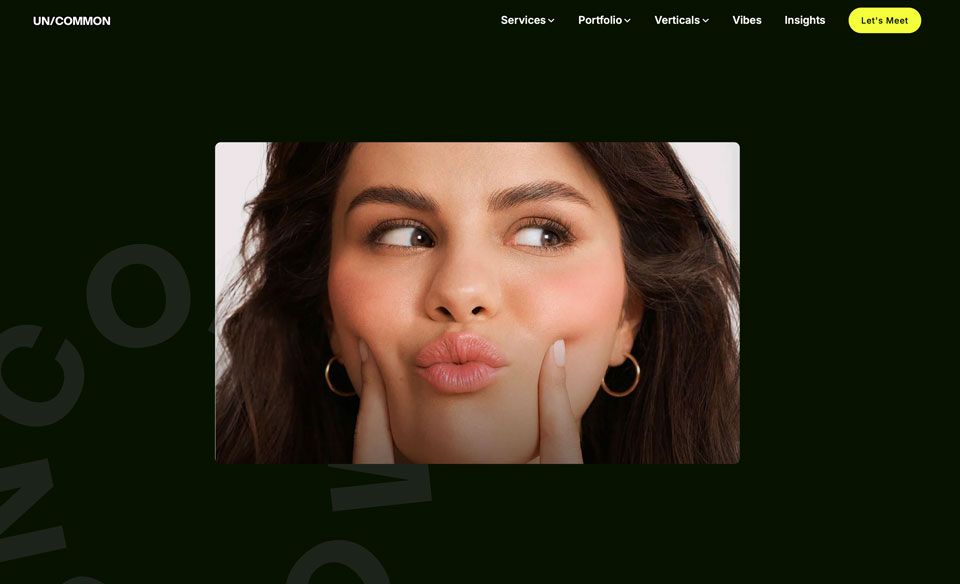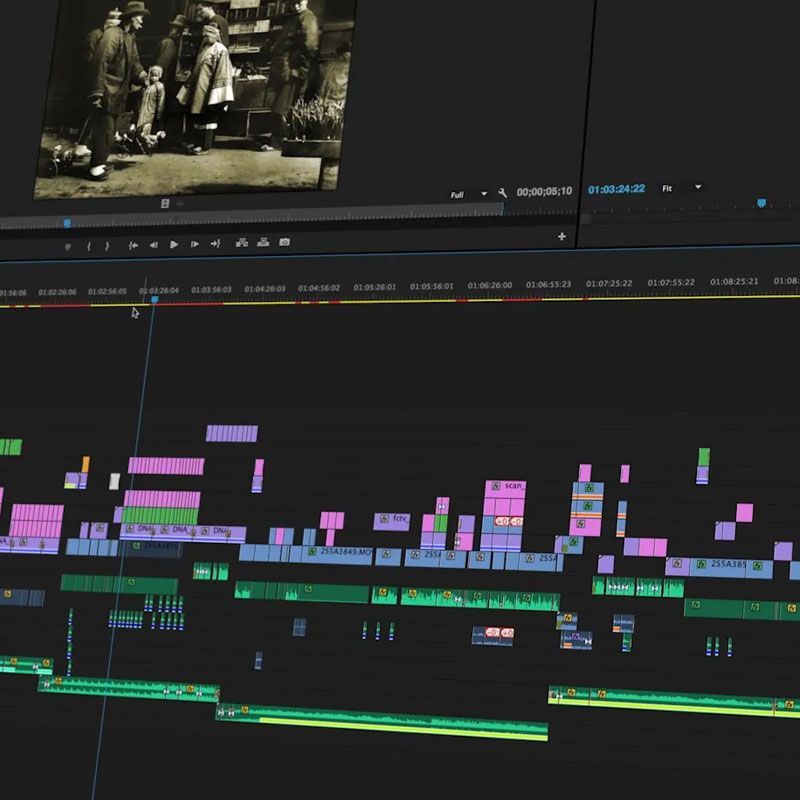UX vs. Marketing Personas
The following article appears on Medium and is written by my college, Christina Ibanez.
Not all personas are the same
We had a throw-down and it was beautiful
What appears obvious was a moment of deep learning for me and my project partner Tom Fellner: Not all personas are the same. Mind blown, I know.
Tom and I partnered to do a MeetUp workshop through an up and coming Denver freelancers association, Better Together, to share how to create powerful personas and explore their utility. As a UXer I had a specific idea of what personas are and how they are created generated from experience, and Tom’s expertise in marketing informed his.
We learned that the types of personas creative and marketing professionals can employ exist within a broader cycle of engagement, purchasing, and use. Each persona format will be different depending on which area of the cycle the persona is created for — different key information fields, and different strategies to get optimal use out of them.
Here were my key takeaways on creating powerful, useful personas for marketing, product, and user experience teams.
Data is at the core of strong personas, no matter which type.
Good personas are those that are informed by data. In the “storification” of data, personas are the characters that are built from user and market research. Through interviews, surveys, online demographic analytics, and study groups, marketers and designers can create a generalized fictional representation of the target buyer or user who exhibit validated commonalities.

Different persona formats will be necessary at varying stages of the cycle.
Taking a data-driven approach to creating personas keeps valuable user research at the forefront of team’s and stakeholder’s minds and can create alignment across interest groups. Using a persona as the north star can create a user advocacy infection and support alignment around who it is you are serving.
Personas are strongest when paired with an empathy map
What is the larger context that your persona is existing in as they interact with your message, product or service? Taking a walk in your personas shoes roots deeper into empathizing with their thoughts, feelings, and actions at each touchpoint.
I have found adding shared tasks across personas and creating journey maps for each of them aiming to accomplish the tasks highlights areas of improvement for inclusive design. Barriers to goal accomplishment in your design will be highlighted for your personas, as well as routes they take to accomplish the task.
For marketers, the message might be on point, but your timing and outreach venue could be off base. Designing an empathy map that walks through what your target buyer is doing, thinking, and feeling when they see your messaging can help you strategize timing for optimal conversion.
Connect marketing and user personas
The person buying your product is not always going to be the person using your product. It is likely, though, that those individuals are going to be interconnected somehow.
Take this toddler musical toy set. We can assume that the parent is going to be the one paying for it (The Buyer). And, the primary user will likely be the toddler. Having a strong sense of the varying thoughts, needs, desires, and goals of the personas depending on where they are in the cycle is going to improve the overall success of the business.

Try to connect with marketing, design, and development teams to analyze your personas on the continuum of interaction. While potentially strengthening the product’s development and release, it can also facilitate a deeper sense of alignment and collaboration across teams.
Christina Ibanez is a user experience designer in Denver, Colorado. She focuses on designing for social good and empower users to subvert limiting systems.














